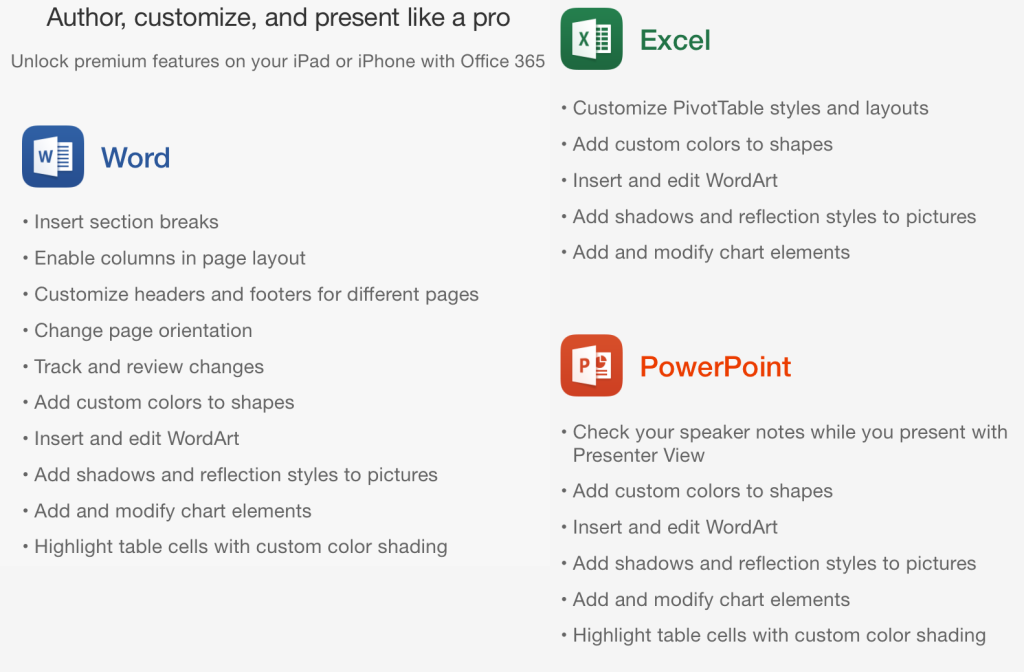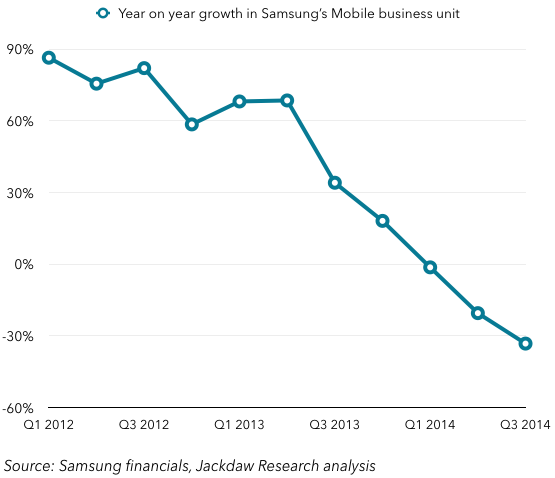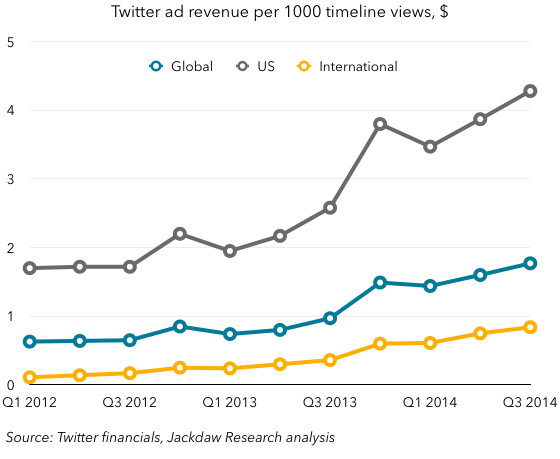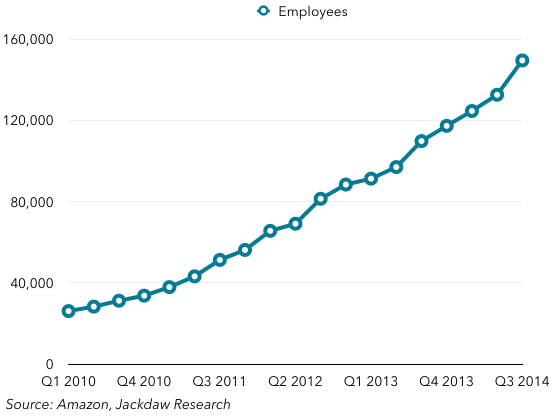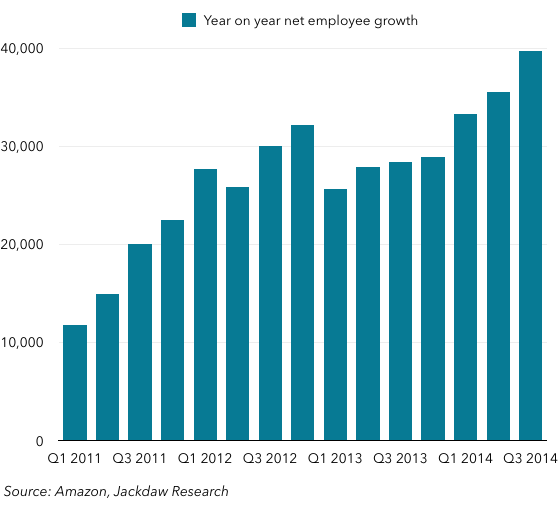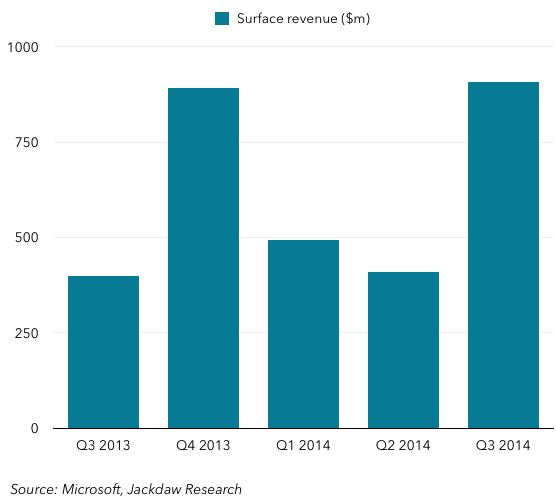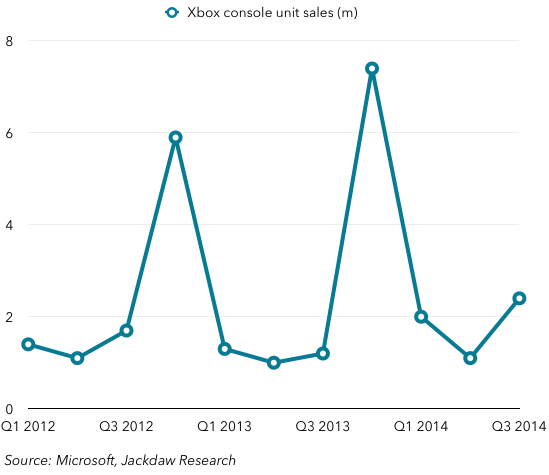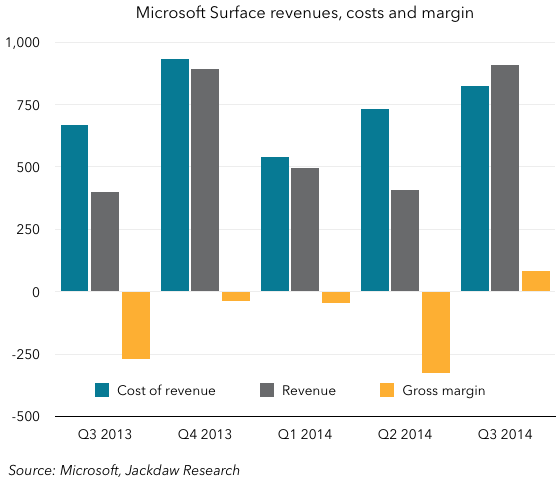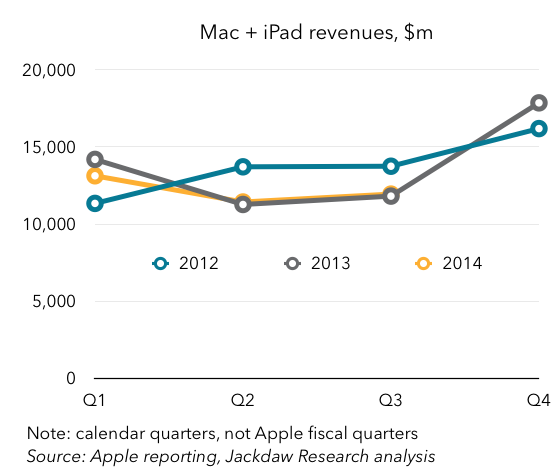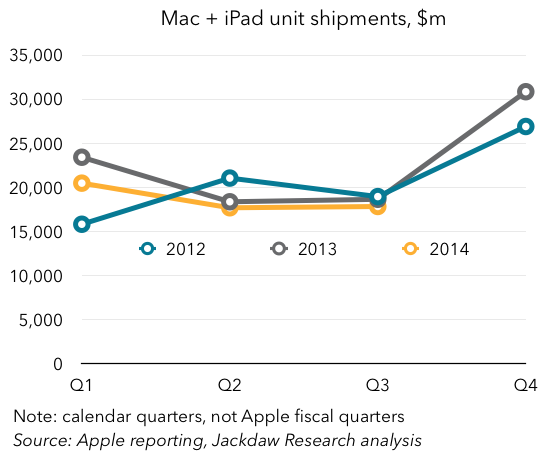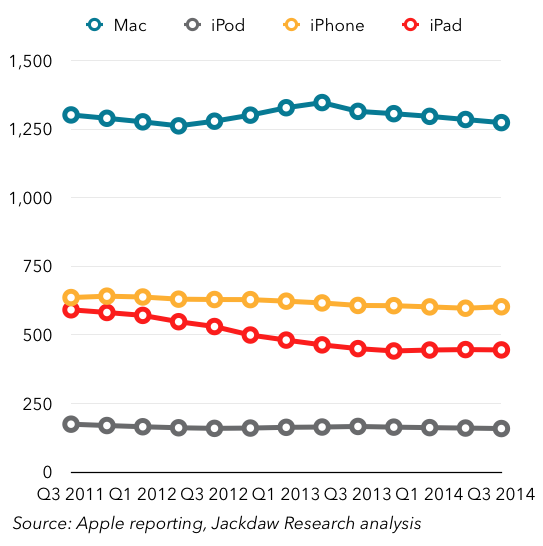BlackBerry yesterday made a series of announcements around its enterprise software and services strategy and roadmap, and I was able to attend both the event itself and some analyst-only sessions under NDA afterwards. I obviously can’t share the afternoon’s content, but from what we learned in the morning and from other insights I gained yesterday, I wanted to update my recent takes (here and here) on BlackBerry a little.
Focus on regulated industries, ambitions beyond
I’ve praised BlackBerry for their focus on the regulated industries when it comes to devices, because it shows how realistic BlackBerry is being about its prospects in the enterprise today. Especially in the US and other mature markets, BlackBerry is unlikely to sell devices other than in the public sector and other highly regulated industries. However, as I’ve said before, BlackBerry’s future lies in building a business that’s not directly tied to its dwindling device installed base and in going beyond these regulated industries to other businesses.
BlackBerry shared results from a survey yesterday about enterprises’ concerns about security and risk. There were no new findings here and lots of old themes: a vague sense of unease about the management of mobile devices and potential risks their use in the enterprise pose. BlackBerry is hammering away at worn themes here, but it’s hoping that broader awareness of the growing security risks in the enterprise will eventually pay off for them. There’s an element of scaremongering here, and the real challenge will be convincing enterprises beyond the regulated industries that there’s a real threat in mobile security that (a) requires going beyond the standard basic protections available in major operating systems and management systems today and (b) requires a BlackBerry solution rather than one from a competitor.
Fleshing out the cross-platform story
A big part of that story, in turn, has to be fleshing out the cross-platform story BlackBerry has been trying to tell since the announcement of BES 10. The vision has always been there, but it hasn’t been clear why a company would choose BlackBerry to manage non-BlackBerry devices. BES 12 is part of the answer to that, as it finally provides a unified approach to managing all devices, but the Samsung deal is the first concrete step in fleshing out the cross-platform vision. That’s because it’s the first step towards crafting truly optimized solutions built around a very popular device category in the enterprise rather than just focusing on standard APIs and tools. Samsung KNOX hasn’t been a great success yet, and its contribution to Android’s efforts and the BlackBerry partnership are both signs of its weakness and need to gain momentum. But on BlackBerry’s side, it’s also an admission that the generic approach hasn’t resonated, and something more targeted may be needed. There’s more coming as part of the Android for Work initiative too.
Multiple tiers now available on BlackBerry
CEO John Chen started the day’s sessions by talking about BlackBerry’s end-to-end solution for secure mobile communication and productivity. He made much of the multi-layered approach, starting with chips and firmware, the OS, the applications, the BES and the NOC. This is the top tier of the secure solutions BlackBerry offers. But it now arguably offers two other tiers as well: Samsung KNOX as part of the BES and NOC system, and other devices managed through a BES on a more generic basis. This creates a slight awkward situation where BlackBerry devices managed by the BES are the gold standard, with KNOX/BES devices a second tier (silver?) and others a third. I asked BlackBerry executives about this, and specifically how they imagined enterprises using each of these tiers within their companies, and they said they see companies using multiple tiers for different kinds of users based on their security and risk profiles. That makes a certain amount of sense, but the top tier has always been more or less exclusive to BlackBerry: the question is whether it can make inroads in the middle and bottom tiers, which is where the vast majority of devices in use are today.
Selling productivity against the big guys is tough
BlackBerry’s other big story is selling a suite of communications, collaboration and productivity solutions, with its content storage and syncing solutions such as Blend, BBM Meetings announced yesterday, and so on. It believes it’s created the best mobile-first solution for these things and points to the lack of full feature sets on the mobile versions of Lync, Adobe Connect and other similar products. That’s a fascinating value proposition, but I see two major problems with it. Firstly, the others will catch up fast: for example, Microsoft’s rebranding of Lync as Skype for Business is likely to come with an expanded feature set on mobile devices in the near future. Secondly, BlackBerry isn’t known for these things, and once again the challenge will be selling these new products and services beyond the traditional BlackBerry base. With a direct sales force of only a couple of hundred, BlackBerry will be heavily reliant on its indirect sales teams, many of whom also sell competing products. Why will channel partners sell these solutions when awareness is lower, preference for others is stronger, and many companies already have relationships with competitors?
Short-term growth prospects are all in enterprise software
BlackBerry is very aware of the two peaks problem I talked about in an earlier piece – that is, that its traditional business, which was directly tied to its device base, is in decline, and it needs significant new revenues to slow the decline and eventually get back to growth. The company has in the past talked about three potential new sources of revenue: enterprise software and services, BBM and the Internet of Things. However, of these, only enterprise software and services is going to generate any significant amount of revenue in the near term. The company’s target for BBM is $100 million by next financial year, whereas the target for enterprise software and services is $500 million, a doubling year on year. The company’s Internet of Things efforts, meanwhile, are too nascent even to warrant a public revenue target in the near term. That puts a heck of a lot of weight on the enterprise software and service activities, and the success of BES 12 in particular since so much else is dependent on that. The company’s management seems to be extremely realistic about its prospects overall, but this is one area where their goal seems like it’ll be a real stretch.
Overall, I remain somewhat positive on BlackBerry’s short-term prospects: they’ve reduced costs and cash burn to the point where there’s no longer an immediate danger of going under, and revenues are starting to stabilize. The question continues to be whether these new businesses can grow, and importantly grow independently of the device base, sufficiently in the coming years to return the company to significant growth. The next year or so will give us a really good sense of whether that’s possible or not.
